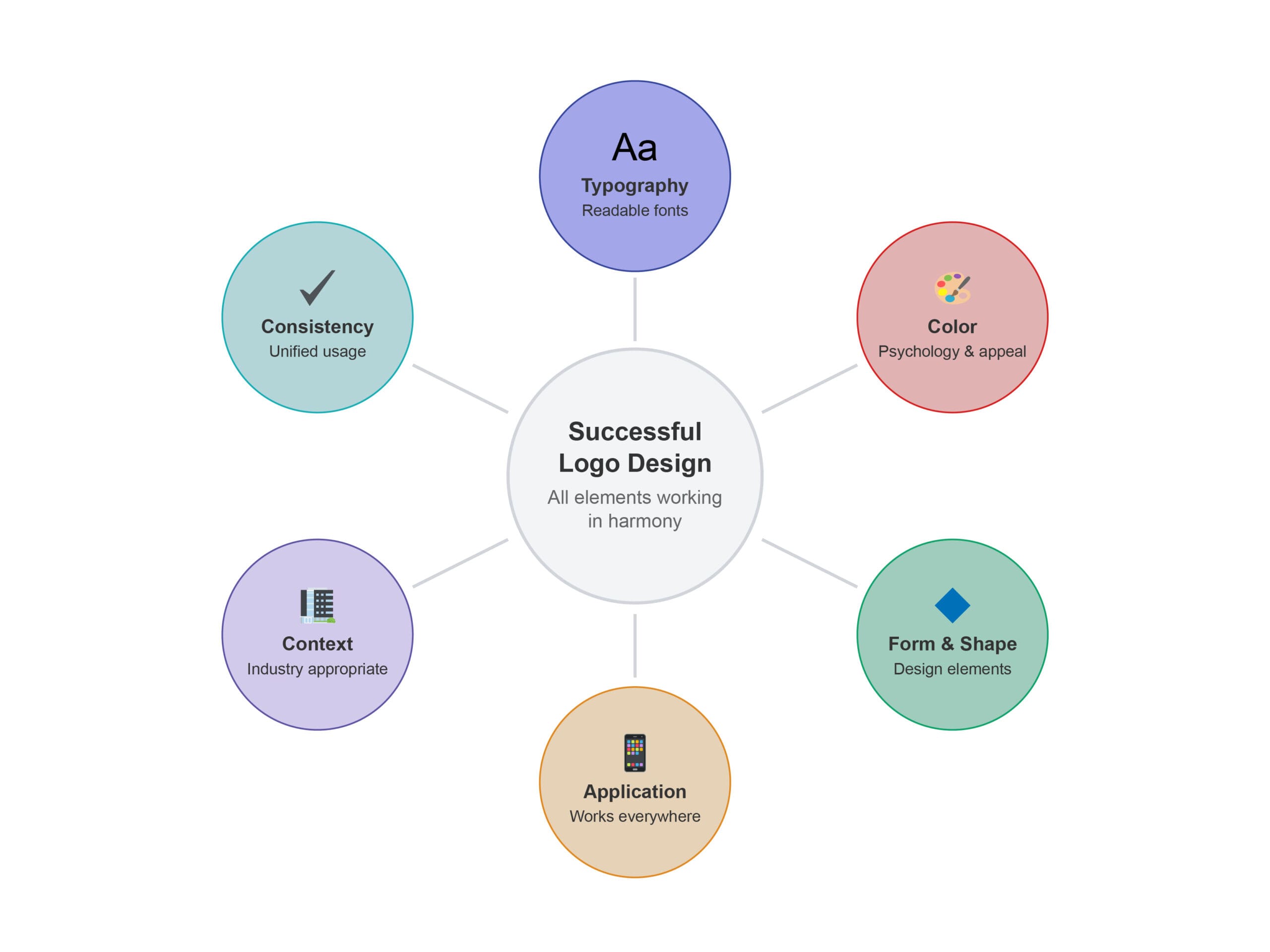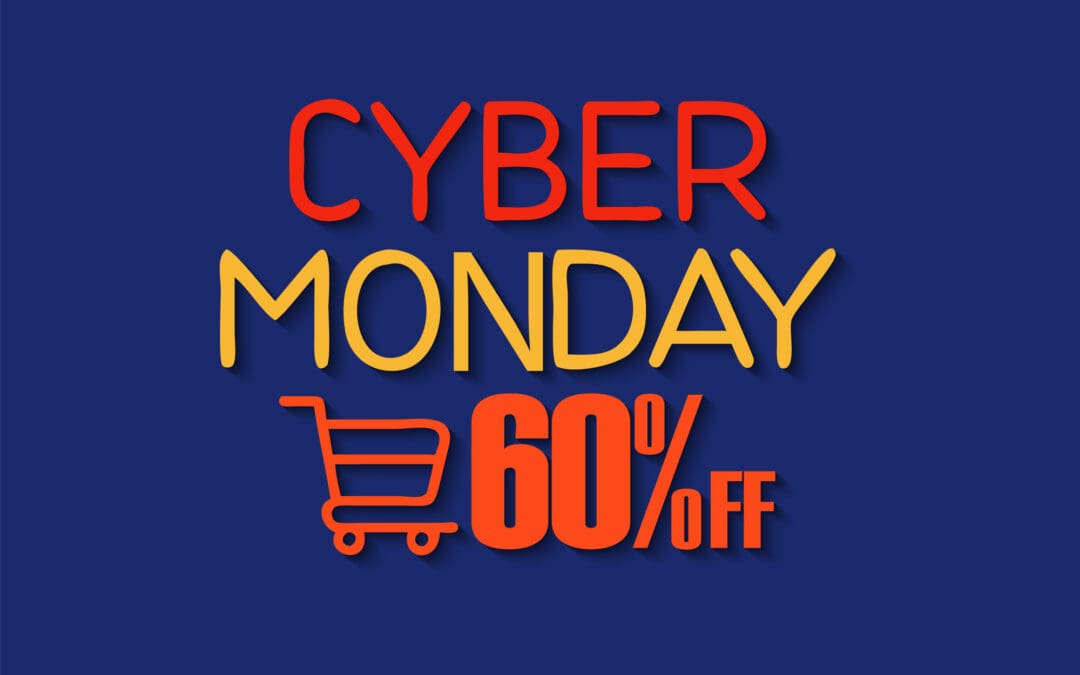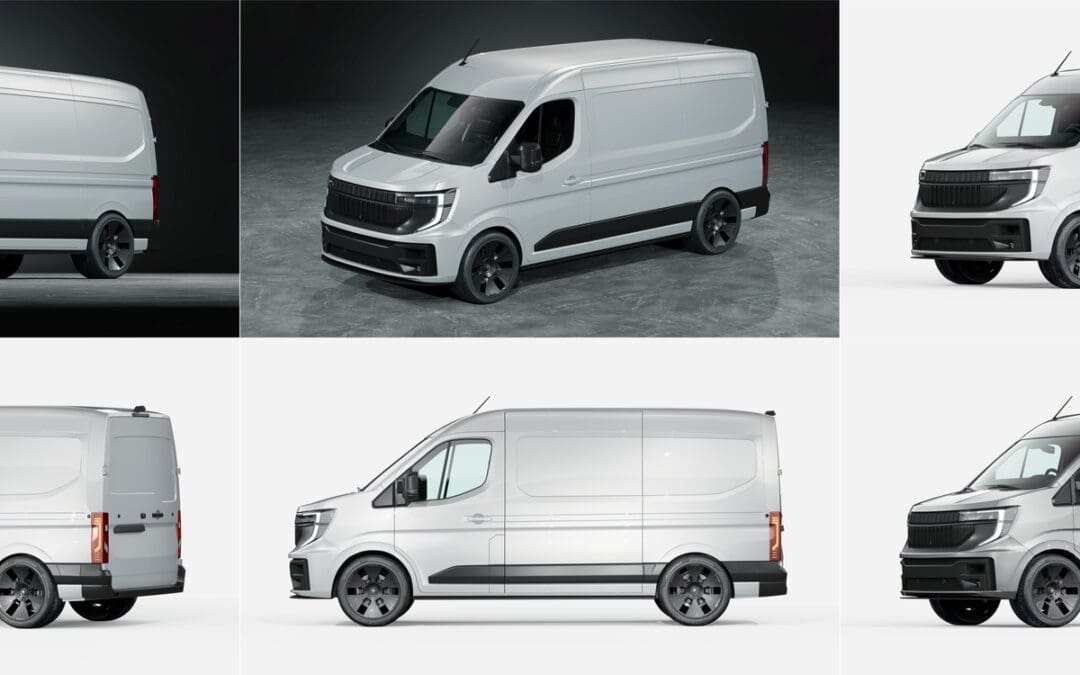Here’s something that might surprise you: 85% of customers identify color as a primary reason for choosing one brand over another. Not the product quality, not the price point, not even the fancy marketing copy – the colors.
Your logo colors aren’t just pretty design elements. They’re working overtime to influence how people feel about your brand before they even know what you do. Colors can increase brand recognition by up to 80%, which means getting your brand colors right isn’t optional – it’s business-critical.
Let’s break down the best colors for marketing logos and how to choose a color combination that actually works for your business.
Why Logo Colors Matter More Than You Think
Color psychology isn’t some mystical design concept – it has strong research foundations, though how people respond to colors can vary based on personal experience and cultural background. Our brains do make emotional connections with colors, and those emotions influence behavior. When someone sees your brand logo, their brain is making quick judgments about your trustworthiness, professionalism, and whether they want to do business with you.
Here’s what makes this even more interesting: 95% of brands only use 1–2 colors in their logo. While there are notable exceptions like Google and NBC that use multiple colors intentionally to communicate creativity and diversity, most successful companies keep it simple and strategic with their logo color scheme.
The Psychology Behind Brand Colors
Different colors trigger specific emotional responses, and understanding this gives you a massive advantage in creating effective company branding. Here’s what the research tells us:
- Blue represents trust, security, and professionalism (which is why it’s the most popular logo color globally)
- Red suggests excitement and urgency, making it perfect for retail settings
- Green connects with nature, tranquility, and health, appealing to environmentally conscious consumers
- Yellow evokes optimism and energy, often used to grab attention
- Purple represents luxury, creativity, and wisdom
- Black signifies sophistication and elegance
- Brown comes across as earthy and dependable, appealing to consumers looking for authenticity
The Most Effective Logo Colors for Different Industries
Let’s get practical about which colors actually work for different types of businesses.
Blue: The Universal Trust Builder
There’s a reason everyone from Facebook to Ford uses blue logos. Blue communicates reliability and trust, which makes it popular across industries. But here’s the catch – blue is everywhere, especially in tech and finance. If you’re entering a saturated market, you might want to consider variations like teal or unique blue gradients to maintain that trust factor while standing out from the crowd.
Whether you go with navy blue for that corporate feel, royal blue for authority, or baby blue for approachability, you’re still communicating reliability – you’re just doing it in a way that might not blend into the sea of identical blue logos.
Best for: Tech companies, financial services, healthcare, and any business where trust is paramount.
Red: The Attention Grabber
Red logos are bold moves that pay off when done right. Think Coca-Cola, Target, or Netflix – brands that want you to feel something immediately. Red creates urgency and excitement, making it perfect for brands that want to stand out in crowded markets.
But here’s where context matters: red can be too aggressive for luxury brands or healthcare settings where you want to convey calm and trust. Also, cultural context is huge – in Western markets, red often signals urgency or passion, while in Chinese culture, it represents luck and prosperity.
Best for: Food brands, entertainment, retail, and emergency services (with cultural considerations in mind).
Green: The Natural Choice
Green isn’t just for eco-friendly companies anymore, though it’s still the go-to for brands wanting to connect with environmentally conscious consumers. Jungle green creates an earthy, authentic feel, while lighter greens can feel fresh and innovative.
Best for: Sustainability-focused businesses, health and wellness, finance (money connection), and outdoor brands.
Black: The Sophistication Play
White logos and black logos never go out of style. Black communicates premium quality and sophistication – just look at Apple, Nike, or Chanel. It’s the color choice when you want people to know you’re serious about what you do.
Best for: Luxury brands, high-end services, fashion, and technology.

Color Combinations That Actually Work
Single colors are great, but color combinations give you more flexibility to communicate complex brand messages. Here are proven logo color combinations that work across industries:
Blue and Yellow: The Classic
This blue and yellow combination works because it balances trust (blue) with optimism (yellow). Think IKEA or Best Buy – brands that want to seem both reliable and approachable.
Navy Blue and Mustard Yellow
These contrasting shades create visual interest while maintaining professionalism. The navy blue provides stability while mustard yellow adds warmth without being too aggressive.
Orange and Blue: The Energy Boost
This combination creates visual stimulation and energy. Orange brings warmth and enthusiasm, while blue keeps things grounded and trustworthy.
Purple and Yellow: The Creative Mix
This pairing creates a vibrant visual effect that’s perfect for creative industries. Purple suggests innovation while yellow adds optimism and energy.
Industry-Specific Color Strategies
Your industry matters when choosing your brand colors. What works for food brands might be completely wrong for financial services.
Technology Companies
Blue dominates tech because it communicates reliability and innovation. But if you want to stand out in a sea of blue tech logos, consider unexpected combinations or different shades that still maintain trust.
Food and Restaurant Brands
Think about the yellow arches of McDonald’s or Taco Bell’s purple and yellow combination. Warm colors like red, orange, and yellow stimulate appetite and create energy around food experiences.
Luxury Brands
Luxury brands often stick to black, gold, or deep jewel tones. These colors communicate exclusivity and premium quality. Using lighter colors or bright combinations can work against the luxury perception.
Healthcare and Wellness
Blue and green dominate healthcare because they create a calming effect and suggest cleanliness and health. These colors help patients feel more comfortable and confident in care quality.
How to Choose Your Logo Colors: A Step-by-Step Process
Here’s a practical approach to selecting colors that will work for your brand identity:
Step 1: Define Your Brand Personality
Your brand personality traits should drive your color choices. Are you:
- Professional and trustworthy?
- Fun and energetic?
- Sophisticated and premium?
- Natural and authentic?
- Innovative and cutting-edge?
Step 2: Research Your Competition
Look at what colors dominate your industry. Sometimes you want to fit in, sometimes you want to stand out. Using an unexpected color in a saturated market can attract attention and signify innovation.
Step 3: Consider Your Target Audience
Your target audience matters. Different demographics and cultures have varying color preferences and associations. What appeals to millennials might not work for baby boomers. What works in the US might have different meanings in other cultures.
Step 4: Test Your Colors
Use a color palette generator to explore different combinations, but don’t rely on it completely. Test your colors:
- On different backgrounds
- At various sizes
- In black and white
- Across different print materials and digital platforms
Step 5: Create Brand Guidelines
Once you’ve chosen your colors, document the exact hex codes and create brand guidelines for consistent use. Your brand palette should work across all marketing materials, from business cards to billboards.
Common Logo Color Mistakes to Avoid
Here are the mistakes we see businesses make over and over:
Using Too Many Colors
Remember, most successful logos use only 2 colors. Adding more doesn’t make your logo more interesting – it usually makes it confusing and harder to reproduce across different materials.
Ignoring Practical Applications
Your colorful logo needs to work in negative space, on merchandise, and in single-color applications. If it doesn’t work in black and white, you’ve got a problem.
Following Trends Instead of Strategy
That hot pink or trendy color combination might look great now, but will it represent your brand well in five years? Choose colors that align with your long-term brand aesthetic.
Not Testing Different Contexts
Colors that look great on your computer screen might look terrible when printed or used in the wrong context. Test everything before you commit.
The 60-30-10 Rule for Color Balance
If you’re using multiple colors in your branding (beyond just your logo), the 60-30-10 rule can help you maintain balance:
- 60%: Your dominant color (usually neutral)
- 30%: Your secondary color (often your main brand color)
- 10%: Your accent color (for highlights and call-to-actions)
This rule helps create visual identity that’s professional and easy on the eyes while still making an impact.
Making Your Colors Work Across All Touchpoints
Your logo design is just the beginning. Your colors need to work consistently across:
- Website and web design
- Business cards and print materials
- Social media profiles
- Product packaging
- Vehicle wraps and signage
- Uniforms and merchandise
Consistency is what builds brand recognition. When people see your colors, they should immediately think of your business – that’s how you know you’ve succeeded.
The Reality Check: Color Isn’t Everything
Let’s be honest – while color choices are crucial, they’re not magic bullets. A great color combination won’t save a poorly designed logo, and the perfect shade of blue won’t fix fundamental branding problems.
Your logo’s success depends on several factors working together:
- Typography: How readable and appropriate your fonts are
- Form and shape: The actual design and symbol elements
- Consistency: How well you use your colors across all materials
- Context: Whether your colors make sense for your industry and audience
- Application: How well your logo works across different mediums
Think of color as one important instrument in your brand orchestra – it needs to harmonize with everything else to create the full experience.
The Bottom Line on Logo Colors
Choosing the right colors for your marketing logo isn’t about following design trends or picking your favorite colors. It’s about understanding your audience, your industry, your cultural context, and your brand goals, then making strategic choices that support your business objectives.
The most successful logo color is the one that aligns with your brand personality, resonates with your target audience, and differentiates you from competitors while working practically across all your business applications. But remember – great colors support great design; they don’t replace it.
Colors evoke emotions, emotions influence behavior, and behavior impacts your bottom line. Get the whole package right – color, design, consistency, and context – and you’re setting your brand up for long-term recognition and success.
Need Help Getting Your Logo Colors Right?
Choosing colors that actually work for your business isn’t guesswork – it’s strategic design based on psychology, market research, and practical application. At Fusion Marketing, we’ve helped hundreds of businesses create brand identities that work as hard as they do.
Ready to create a logo that gets results? Let’s talk about colors that will make your brand impossible to ignore.










